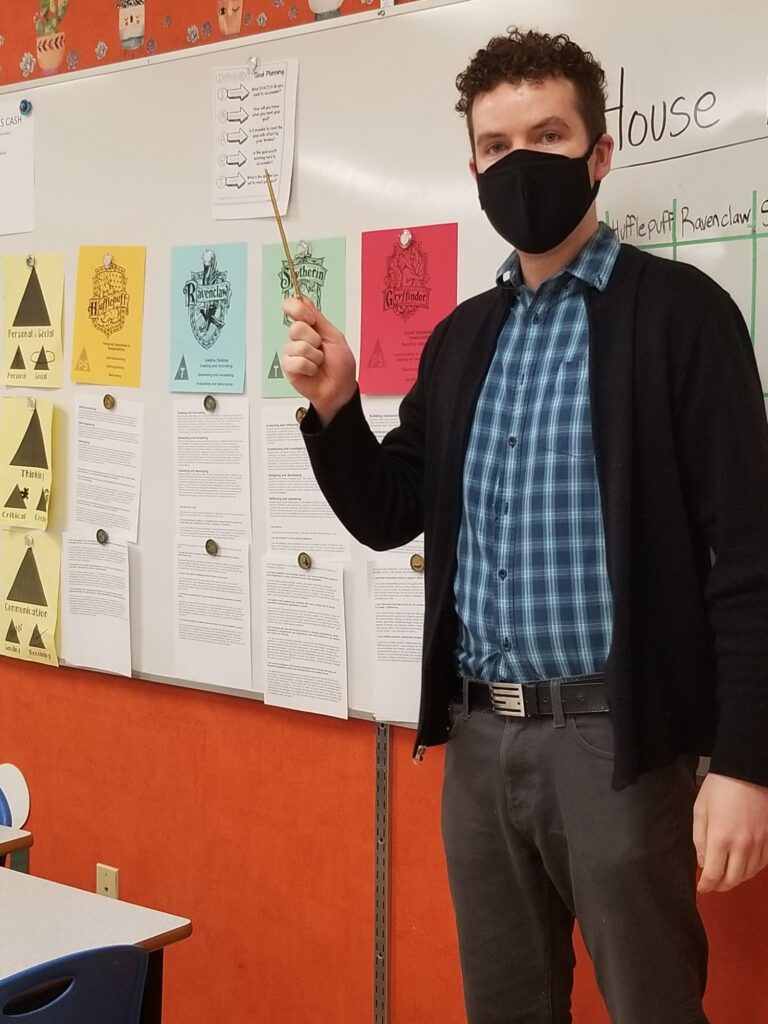Educators value the success of all students. Educators care for students and act in their best interests.
How I met Standard 1 in Practicum 490:
Every morning I would meet my class at the door into the school, one by one I would greet them by name and make them feel welcomed. If they were away the day before, I would made a point to say “We missed you yesterday!” Every morning was started like this.
All of my lesson plans considered the students. I planned activities and steps based on the students in my classroom. Two students needed more precise and slowed down step by step instructions, while another three students required more fast paced and advanced lessons. This variation in skill level was at the front and center of all my lesson planning. In the lesson plans themselves, you can see my consideration for all students.
I planned for inclusivity in my classroom every day. I embedded movement and activities for certain students, while ensuring the lessons were also structured for others. Keeping the best interests of my students as the focus of my teaching and planning.
Every day I would discuss my lessons with the Education Assistant in the room (Mrs. Prevost). Through developing a relationship with Mrs. Prevost, I was able to discuss my lessons and get feedback. I would ask her advice on certain activities to see if it would support all of our learners with exceptionalities.
A sense of cooperation, collaboration, and community was embedded into all of my lessons. I would have students working together, sharing ideas, and supporting each other in their learning. This was because the social development of the students is equally important to their
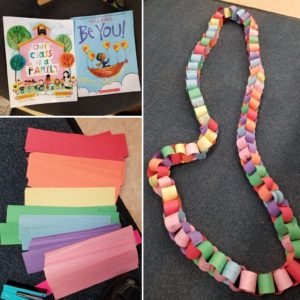
growth. An example of this was my Social Studies lesson where I read various books about inclusivity, diversity, and the classroom as a community/family. The Social Studies Rings activity where students wrote something they brought to the classroom as I joined them together in a chain to demonstrate how we all connect.
My Social Studies jigsaw puzzle piece allowed students to visualize how their individual traits connect into a large community picture. My art lesson of community drawing allowed students to collaborate on their art. While my remembrance day wreath exchange with another grade 2 class, showed a striving for connection with the larger community.
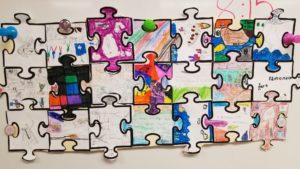
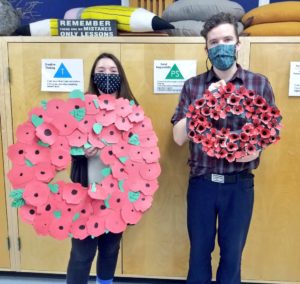
My Language Arts Letters to Highschool students, had my students write letters to highschool students, asking questions, and getting replies to their letters (this was done with Cedar Sherman who was at GSS for practicum). This helped students develop an appreciation for a larger community and a develop a sense of connection in a difficult time.
Classroom management was also a focus of my practicum and something my coaching teacher wanted me to work on. I encouraged problem solving in my students. I gave them the tools and supported them with their autonomy
I remained inclusive of all worldviews (I had to be especially careful for a student who did not celebrate any holidays. I was also very SOGI conscious and supportive of all the living situations of my students.
How I met Standard 1 in Practicum 491:
I continued on with what I did in 490 but I also worked more one on one with a lot of the students to build relationship and trust. Some examples of this are:
– Working with a student to assist them with their FSA, by using a talk to text application on my computer so the student could complete his FSA.
– Reading to students who needed help with their reading during silent reading time.
– Established a reading group with 2 students who were below grade reading level.
– Assisted with planner and other writing with a student.
– Private conversations with students about behaviour and goal setting.
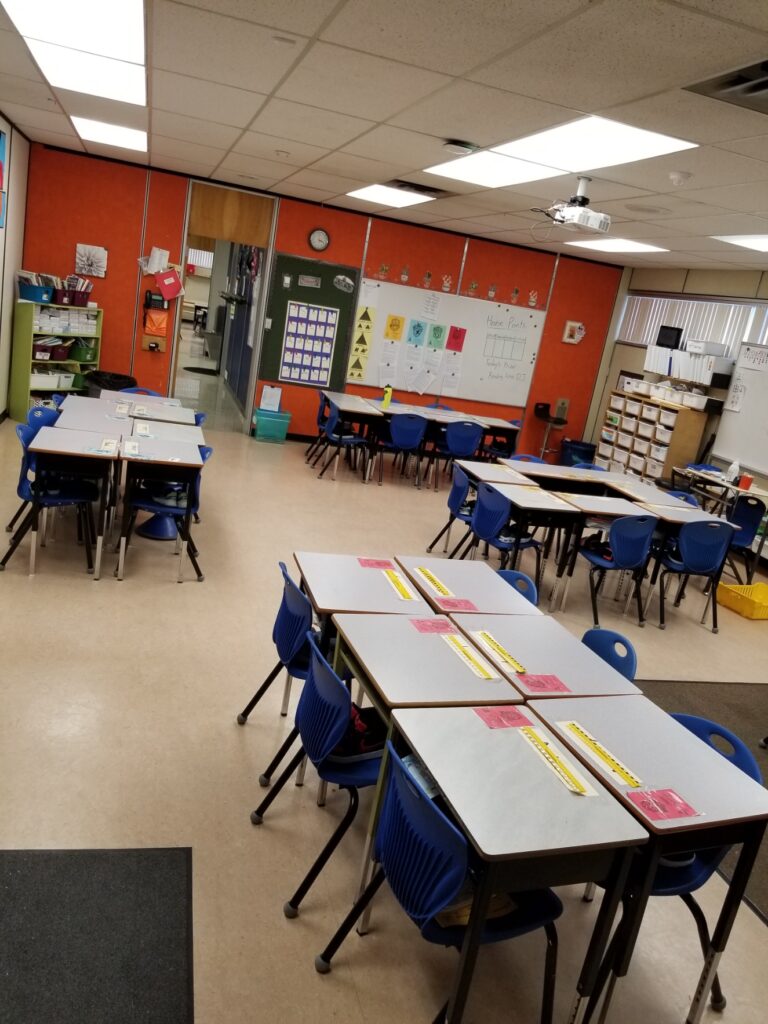
I also made a continuous effort to share about myself during lessons, so students could get to know me and learn about me. I built trust by setting expectations with students on my first day (great example of this is the 3 finger W signal to use the washroom or get a drink, which is used a lot).
I started every Monday Morning with a class wide Check in. This allows me to get to know my students and them to know me. I asked each student to tell the class about their weekend and then added a personal question each week (favourite colour, what superpower would you like, etc.).
I also sat with and spent time with students during recess and lunch. I also attended music and maker time, suring my PREP time, to build relationships and get to know my student better.
As the practicum continued, I began to learn which students require extra support and differentiated my lessons based on their individual needs. A lot of focus on how to support these learners for their best interest. I ensured that I made all of my lessons accessible to all.
I also attended several school-based team and IEP meetings for my students, to find solutions for their learning. I also adapted and differentiated my lessons and assessments for these students and allowed them to show me their learning in ways that worked for them (orally, drawing, etc). During LA writing lessons, I allowed certain students to share their story with me verbally, so they were not stressed about their writing skills.
I continued to demonstrate a pleasant, caring, and respectful attitude towards my students. Students felt like they can approach me with concerns and really trusted me. I have built a lot of trust and relationships with my students, and they feel safe with me.
I also focused on social emotional goals of students not just academics. I showed that I cared about their success and wholistic education by not focusing on grades, but focusing on goal setting, personal/social growth, and emotional wellbeing.
I explored more scaffolded assessment criteria, which provided more access points for all learners. I was reflexive in my teaching, for example, I redid a LA assessment because the criteria did not support all learners, this showed I valued their success and allowed students to demonstrate their learning in a way that worked best for them.
